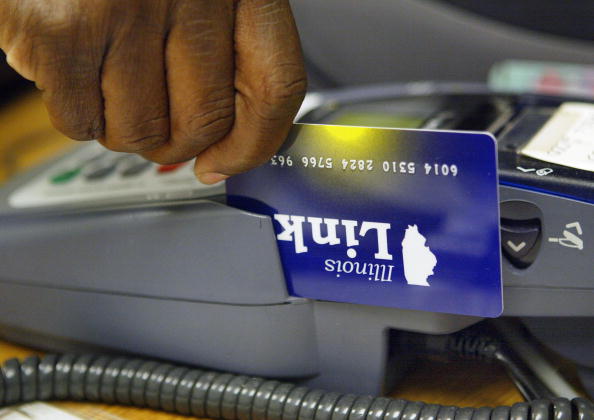The U.S. Department of Agriculture’s Food and Nutrition Services has warned that there may be insufficient funds to pay November benefits through the federal Supplemental Nutrition Assistance Program (SNAP), which provides food assistance to roughly 42 million Americans nationwide.
On Oct. 10, the USDA informed every state that, because of the government shutdown, it must pause sending November SNAP payments. This means states can’t send payment files to the companies that load money onto Electronic Benefit Transfer (EBT) cards until they get new instructions. The order applies to all SNAP benefits, including regular monthly payments and any daily updates.
That means, beginning Nov. 1, SNAP recipients may not be able to access any unused benefits on their EBT cards or receive new benefits. Some states, like New Hampshire and Louisiana, have advised recipients to use their remaining funds before Oct. 31, should the shutdown continue past the deadline.
Love The Urban Daily? Get more! Join the The Urban Daily Newsletter In Content
We care about your data. See our privacy policy.
If the shutdown continues, the risk is severe. November SNAP benefits could be delayed, reduced, or canceled altogether nationwide, leaving millions of low-income families without funds to purchase food. The impending deadline also impacts schools.
As previously reported, schools that rely on federal funding to provide free or reduced-price lunches to students are at risk. While the USDA sent states a contingency plan ahead of the shutdown outlining which funds could be used to provide meals, it has not confirmed whether it will advance additional funds if the shutdown stretches into November.
How are states responding to the impending SNAP pause caused by the government shutdown?

The funding crisis has already caused major disruptions. According to CNN, seventeen states have stopped accepting new SNAP applications because their systems cannot merge partial October payments with November’s benefits. States able to separate the two months are continuing to issue October assistance to new enrollees, but most are bracing for major delays.
State responses vary depending on local resources. States like New Jersey, California, and Texas have already warned that November benefits may be delayed or canceled if the government shutdown continues past Nov. 1. In Pennsylvania, recipients have been notified that no November benefits will be distributed until the government reopens.
In New York, officials say the shutdown will not immediately impact SNAP benefits, and households will continue receiving assistance as usual through the end of October 2025. Applications remain open online and in person, and recipients can use their EBT cards at any participating retailer or farmers market. The state has not yet received federal guidance about November benefits, but promises to update residents as soon as possible.
New Hampshire, meanwhile, has partnered with the state food bank to expand its mobile food pantry program to as many as 20 locations for SNAP participants, amid the crisis. These additional food pantries will operate for five weeks or until benefits resume. The state has also secured extra funding to sustain the Women, Infants, and Children (WIC) program until at least Nov. 7, though some locations may be forced to pause services if the shutdown continues into November.
The government is required to use “lapse funding” if the shutdown extends past Nov. 1 to keep SNAP benefits available.
Federal agencies typically develop “lapse of funding” plans to prepare for shutdowns, and the USDA’s current plan indicates that contingency funds could be used to temporarily sustain SNAP, according to the Center on Budget and Policy Priorities. However, the agency has not confirmed whether it will tap into these funds, which are estimated to total between $5 billion and $6 billion—enough to cover most, but not all, of the roughly $8 billion needed to fund November benefits. The federal government is legally obligated to release these contingency funds, but unless that happens soon, millions of Americans could face food insecurity within weeks.
What can you do to protect yourself?
Overall, the situation is dire. If the shutdown persists and funding remains frozen, SNAP recipients may lose access to their benefits, schools could struggle to provide meals, and local food banks will face mounting pressure to fill the gap. States continue to urge residents to use existing benefits before the end of October, monitor official updates, and seek community food assistance if needed. Joining a local food bank could also help to supplement if SNAP benefits pause during the shutdown. Find a local food bank near you, using Feeding America’s search engine here.
SEE MORE:
When The Government Starves Us: How SNAP Cuts Target Black Survival
SNAP Benefits Ending As Hunger Cliff Looms
What Happens If SNAP Stops? What You Should Know And Do To Protect Yourself
was originally published on
newsone.com


